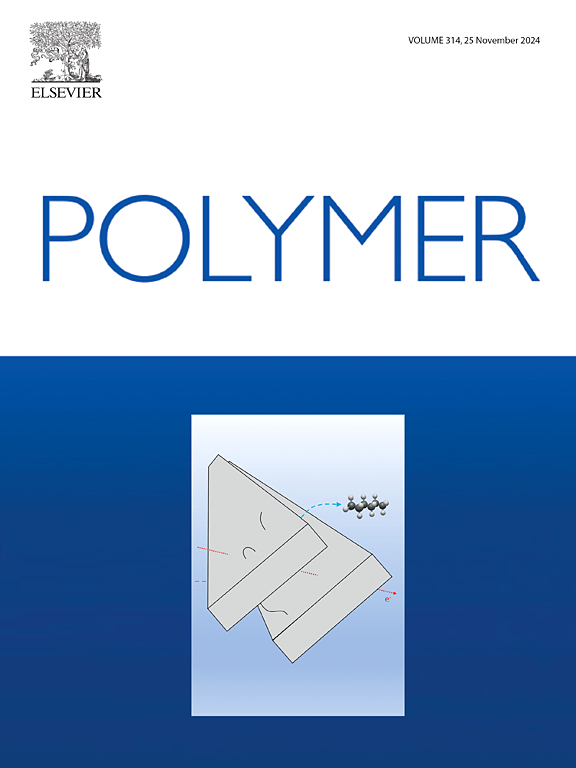Influence of pore geometry and distribution on buckling under micro computed tomography
IF 4.1
2区 化学
Q2 POLYMER SCIENCE
引用次数: 0
Abstract
Open-cell polymeric foams are widely used for energy absorption applications due to their unique structural properties. Visualizing the compression behavior of these foams is essential for understanding their viscoelastic response and energy dissipation capabilities. This study investigates the deformation characteristics of an open-cell polyurethane foam, a prospective next-generation material for military combat helmets developed by helmet company Team Wendy. Using micro-computed tomography (CT), two foam samples are scanned at 0 % and 28–29.5 % compression to assess changes in pore geometry. Results show a 10–25 % reduction in pore volume and a 5–10 % decrease in shape uniformity upon compression. Comparative and statistical analyses reveal that initial pore volume significantly influences the sequence of cell collapse. Additionally, pore buckling order is affected by the relative porosity of the material layers, while polydispersity does not play a major role. These findings suggest that both regional density and pore volume are key factors in predicting cell buckling order, providing valuable insights into the structural characteristics that govern open-cell foam deformation under stress.


微计算机断层扫描下孔隙几何和分布对屈曲的影响
开孔聚合物泡沫由于其独特的结构特性而广泛应用于吸能领域。可视化这些泡沫的压缩行为对于理解它们的粘弹性响应和能量耗散能力至关重要。这项研究调查了开放式聚氨酯泡沫材料的变形特性,该材料是由头盔公司Team Wendy开发的下一代军事战斗头盔材料。使用微型计算机断层扫描(CT),在0%和28%至29.5%的压缩下扫描两个泡沫样品,以评估孔隙几何形状的变化。结果表明,压缩后孔隙体积减小10 ~ 25%,形状均匀性减小5 ~ 10%。对比分析和统计分析表明,初始孔隙体积对细胞崩溃的顺序有显著影响。此外,孔隙屈曲顺序受材料层的相对孔隙度的影响,而多分散性不是主要影响因素。这些发现表明,区域密度和孔隙体积是预测孔室屈曲顺序的关键因素,为控制开孔泡沫在应力下变形的结构特征提供了有价值的见解。
本文章由计算机程序翻译,如有差异,请以英文原文为准。
求助全文
约1分钟内获得全文
求助全文
来源期刊

Polymer
化学-高分子科学
CiteScore
7.90
自引率
8.70%
发文量
959
审稿时长
32 days
期刊介绍:
Polymer is an interdisciplinary journal dedicated to publishing innovative and significant advances in Polymer Physics, Chemistry and Technology. We welcome submissions on polymer hybrids, nanocomposites, characterisation and self-assembly. Polymer also publishes work on the technological application of polymers in energy and optoelectronics.
The main scope is covered but not limited to the following core areas:
Polymer Materials
Nanocomposites and hybrid nanomaterials
Polymer blends, films, fibres, networks and porous materials
Physical Characterization
Characterisation, modelling and simulation* of molecular and materials properties in bulk, solution, and thin films
Polymer Engineering
Advanced multiscale processing methods
Polymer Synthesis, Modification and Self-assembly
Including designer polymer architectures, mechanisms and kinetics, and supramolecular polymerization
Technological Applications
Polymers for energy generation and storage
Polymer membranes for separation technology
Polymers for opto- and microelectronics.
 求助内容:
求助内容: 应助结果提醒方式:
应助结果提醒方式:


